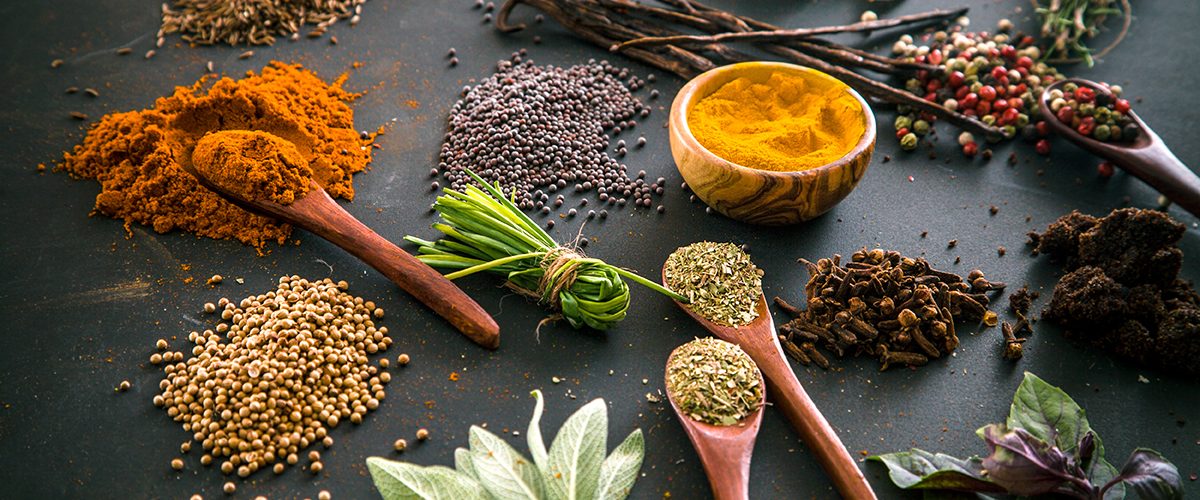The potency of spices lies in their volatile oils and compounds—elements that gradually diminish with time and improper storage. Perhaps the most fundamental lesson in spice mastery is recognizing that these culinary treasures have a limited lifespan. Whole spices typically maintain their potency for up to three years, while ground spices begin losing their essential oils after just six months. Store your spices in airtight containers away from heat, light, and moisture to extend their lifespan. Consider investing in a dedicated spice drawer away from your stove, or use cabinets with doors that block light. Small investments like amber glass jars can significantly preserve potency, and dating your spices upon purchase creates accountability in your pantry. Remember that vibrant aroma is the most reliable indicator of freshness—if a spice no longer releases a strong scent when crushed or warmed, it’s time for replacement.
The Art of Blooming and Toasting
Many home cooks miss a crucial step that professional chefs consider essential: blooming or toasting spices before incorporating them into dishes. This simple technique involves heating spices in oil (blooming) or in a dry pan (toasting) to release their full aromatic compounds and enhance their flavor profile. When blooming ground spices, add them to hot oil and stir continuously for 30-60 seconds until fragrant—but watch carefully as they can burn quickly. For whole spices, dry toasting in a skillet over medium heat until they become aromatic and slightly darker awakens their essential oils. This process transforms dishes from one-dimensional to complex by unlocking deeper flavor compounds that remain dormant in raw spices. This technique proves particularly important when working with cumin, coriander, mustard seeds, and curry blends, where the difference between bloomed and unbloomed spices can transform an entire dish.
“Many spices contain compounds with potent anti-inflammatory and antioxidant effects that can help fight chronic diseases and improve overall health.” — Men’s Health
Understanding the hierarchy of spice intensity allows for creating balanced, nuanced dishes rather than overwhelming concoctions. Spices generally fall into categories of dominant, supportive, and accent notes—much like perfumery or musical composition. Dominant spices like star anise, cloves, and cayenne quickly overpower dishes when used carelessly. Supportive spices such as cumin, coriander, and paprika provide foundational flavor without dominating. Accent spices like cardamom, nutmeg, and saffron add complexity when used sparingly. The timing of spice addition also impacts intensity; adding robust spices early in cooking allows them to mellow and integrate, while delicate herbs and finishing spices should enter late to preserve their nuanced qualities. Rather than following recipes blindly, develop the habit of adding spices incrementally, tasting as you go. This methodical approach develops your palate while preventing the common mistake of over-spicing that can’t be corrected.
Cultural Context and Authentic Combinations
Each culinary tradition has developed spice combinations over centuries that work harmoniously together—combinations worth understanding before experimenting freely. Traditional spice blends like Indian garam masala, Moroccan ras el hanout, Ethiopian berbere, and Chinese five-spice exist because they represent perfectly balanced flavor profiles refined through generations. Studying these established combinations provides insight into complementary flavors and proportions before attempting personal innovations. Notice how warming spices like cinnamon and clove appear alongside cooling cardamom in many Indian preparations, creating internal balance. Observe how Mediterranean cuisines pair oregano with thyme rather than competing with Asian five-spice elements. Understanding these cultural contexts helps avoid creating discordant flavor profiles that clash rather than complement. Begin by mastering traditional combinations from one cuisine before attempting fusion experiments—a practice that demonstrates respect for culinary heritage while building a solid foundation for creative exploration.
Medicinal Properties and Mindful Usage
Perhaps the most overlooked lesson about spices concerns their medicinal properties—qualities understood by traditional healing systems for millennia before modern science confirmed their benefits. Many common kitchen spices contain powerful compounds that function as natural anti-inflammatories, digestive aids, immune boosters, and antioxidants. Turmeric’s curcumin demonstrates potent anti-inflammatory effects when paired with black pepper to enhance absorption. Ginger and fennel have proven digestive benefits particularly effective after heavy meals. Cinnamon helps regulate blood sugar when consumed regularly in moderate amounts. Rather than viewing these health properties as separate from cooking, traditional cuisines intuitively combined therapeutic spices with specific ingredients—serving turmeric with fatty foods to address inflammation, or cinnamon with carbohydrates to moderate blood sugar response. This holistic approach to spices—understanding both their flavor contributions and wellness benefits—represents the highest form of culinary wisdom, transforming everyday cooking into an act of nourishment that satisfies both palate and body.
8 Healing Spices and Their Quick Vegetarian Recipes
1. Turmeric
Healing Properties: Anti-inflammatory, antioxidant, may help prevent chronic diseases
Quick Recipe: Golden Milk Overnight Oats Combine ½ cup rolled oats, 1 cup plant milk, 1 teaspoon turmeric, ¼ teaspoon cinnamon, pinch of black pepper, and 1 teaspoon maple syrup. Mix well, refrigerate overnight, and top with sliced banana and chopped walnuts before serving.
2. Ginger
Healing Properties: Digestive aid, anti-nausea, anti-inflammatory
Quick Recipe: Ginger-Sesame Soba Noodles Cook 4 oz soba noodles according to package directions. Whisk together 1 tablespoon each of rice vinegar, soy sauce, and sesame oil with 1 teaspoon grated ginger. Toss with noodles, sliced cucumber, and scallions.
3. Cinnamon
Healing Properties: Blood sugar regulation, antioxidant, antimicrobial
Quick Recipe: Cinnamon-Apple Breakfast Quinoa Combine 1 cup cooked quinoa with ½ diced apple, ½ teaspoon cinnamon, 2 tablespoons chopped almonds, and a drizzle of honey. Heat through and serve warm.
4. Cumin
Healing Properties: Digestive aid, iron source, potential cholesterol management
Quick Recipe: Cumin-Spiced Lentil Stuffed Sweet Potatoes Bake 2 sweet potatoes until tender. Meanwhile, simmer ½ cup red lentils with 1 teaspoon cumin, ¼ teaspoon garlic powder, and salt until soft. Split potatoes and fill with lentils, topped with a dollop of Greek yogurt and cilantro.
5. Cardamom
Healing Properties: Digestive aid, breath freshener, potential blood pressure reducer
Quick Recipe: Cardamom-Scented Fruit Salad Toss 2 cups mixed berries and diced fruit with 1 tablespoon honey, ¼ teaspoon ground cardamom, and 1 tablespoon fresh mint. Let sit for 15 minutes before serving.
6. Cayenne
Healing Properties: Pain relief, metabolism booster, circulatory stimulant
Quick Recipe: Cayenne-Lemon Hummus Toast Blend 1 cup chickpeas with 2 tablespoons olive oil, 1 tablespoon lemon juice, 1 garlic clove, and ⅛ teaspoon cayenne until smooth. Spread on whole grain toast and top with microgreens and sliced radishes.
7. Cloves
Healing Properties: Antimicrobial, pain relief, antioxidant
Quick Recipe: Spiced Clove Chai Pudding Whisk 2 tablespoons chia seeds, 1 cup plant milk, 1 teaspoon maple syrup, and ⅛ teaspoon ground cloves. Refrigerate for 4 hours, then top with chopped pistachios.
8. Fenugreek
Healing Properties: Potential blood sugar management, lactation support, digestive aid
Quick Recipe: Fenugreek Vegetable Curry Sauté 1 onion, 1 diced carrot, and 1 diced potato. Add ½ teaspoon fenugreek seeds, 1 teaspoon curry powder, ½ cup coconut milk, and ½ cup water. Simmer until vegetables are tender. Serve over rice with fresh cilantro.

































